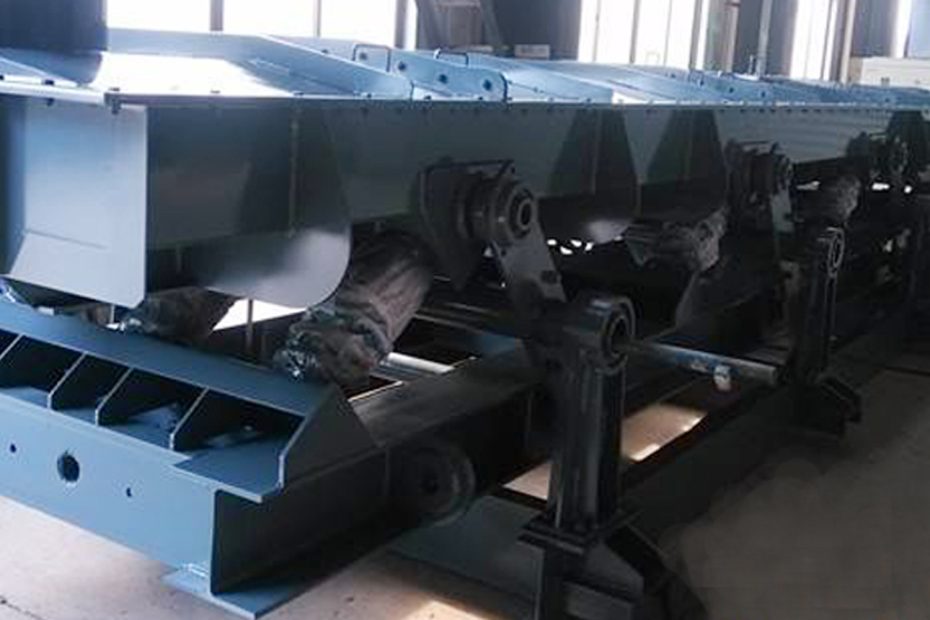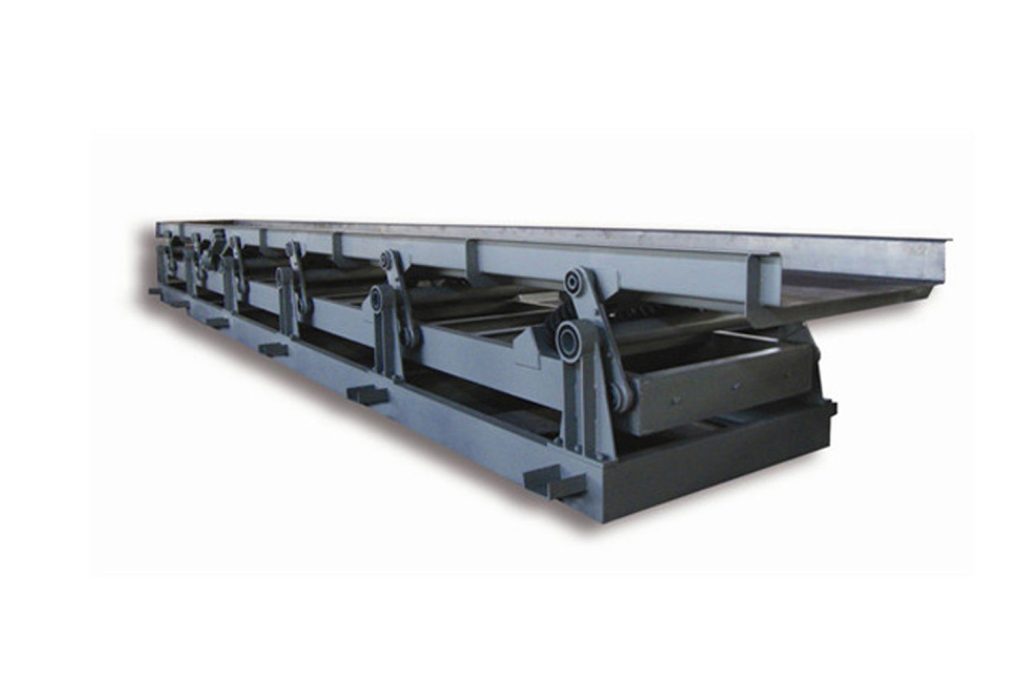In the world of conveyor vibration systems, innovation is the cornerstone of efficiency and functionality. Among the ingenious solutions that have revolutionized material handling, the magnet pulley stands out as a remarkable tool. This article delves into the workings of the magnet pulley, its applications, advantages, and the role it plays in enhancing various industries.
Harnessing Magnetic Power
- Magnetic Pulley Unveiled: The magnet pulley, also known as a magnetic roller, takes center stage at the front edge of a conveyor system. Its exterior surface is equipped with magnets, effectively transforming it into a magnetic force field. This innovative component is harnessed to remove metallic objects from materials being conveyed. Whether in recycling plants, food processing facilities, or other industries, the magnet pulley proves its worth in ensuring the purity of transported materials.
- The Magnet’s Enchanting Pull: The magnet pulley’s operation is elegantly simple yet highly effective. As materials journey along the conveyor belt, any metallic objects within the mix adhere to the magnetized surface of the pulley. This magnetic allure ensures that only metallic items are extracted from the conveyor’s stream, leaving non-metallic materials untouched. The convenience and precision of this method are particularly invaluable when dealing with mixed materials.
Fields of Application of magnet pulley
- Recycling Plants: Separating metals from recyclable materials is a breeze with the magnet pulley. Ferrous metals adhere to the magnetized surface, streamlining the recycling process.
- Food Processing Facilities: Ensuring food safety is paramount, and the magnet pulley plays a critical role in removing any metal contaminants that may find their way into the production line. Material Sorting: From mining operations to manufacturing units, the magnet pulley aids in efficient material sorting, guaranteeing product quality.
The Science of Magnetic Strength
Gauging Magnetic Power: Magnetic strength, quantified in gauss, determines the potency of a magnetic field. The typical magnetic strength of a magnet pulley hovers around 2,000 gauss for vertical applications and 1,000 gauss for horizontal scenarios.
However, for more demanding environments, higher-strength options are available, boasting 3,000 gauss for vertical magnetism and a formidable 5,000 gauss for horizontal situations. This customization allows industries to tailor their solutions to their specific needs.
Conclusion
In the intricate dance of modern material handling, the magnet pulley emerges as a star performer. Its magnetic charm is harnessed to ensure the purity of conveyed materials, making it a cornerstone of recycling, manufacturing, and processing industries.
While its simplicity and cost-effectiveness are evident, its limitations inspire the integration of supplementary magnetic screening measures. With its magnetic strength customizable to different applications, the magnet pulley epitomizes innovation at the intersection of engineering and material science.
In a world where efficiency reigns supreme, the magnet pulley shines as a beacon of progress, safeguarding quality, purity, and safety across diverse industrial landscapes.

